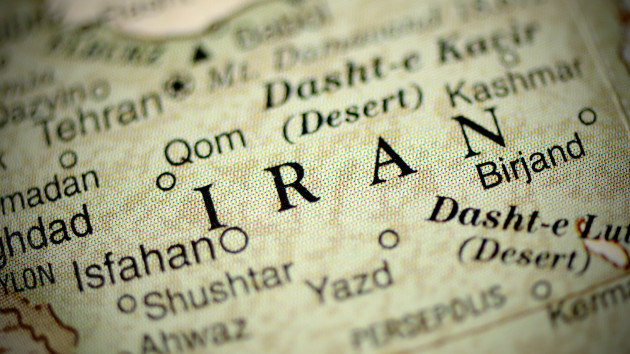
(NEW YORK) — Senior Israeli officials are acknowledging that some enriched uranium may have survived the powerful U.S. strikes on Iran’s key nuclear sites last month.
One of the multiple senior Israeli officials involved in the matter told ABC News that Israel has concluded that facilities at Fordo and Natanz were effectively destroyed in the U.S. bombing. But at Isfahan, where the stockpile is believed to be more protected and stored much deeper underground, there’s less certainty, and it’s possible some of the regime’s uranium — enriched to a near weapons-grade 60% — survived the attack, according to an official.
However, an official stressed that Israel’s campaign against the Iranian regime, which began when the Israeli military launched airstrikes on June 12 in what it called “a preemptive strike,” was not just about targeting its uranium. Rather, an official said, it was about dismantling Iran’s ability to rebuild its internationally scrutinized nuclear program.
During the strikes early on in the 12-day war, Israel says it targeted and killed at least nine Iranian scientists involved in the nuclear program. In addition, personnel, infrastructure, command systems and the entire support ecosystem — from trucking fleets to specialized parts manufacturing — were all systematically attacked, according to an official.
It’s believed design archives were likely destroyed and core conversion facilities were rendered unusable, an official said.
The assessment by Israel comes amid varying conclusions about the extent of the destruction of the Iranian nuclear program from the U.S. strikes. The New York Times first reported details of the assessment.
U.S. President Donald Trump, who ordered “Operation Midnight Hammer” on June 21, said during the weekend of the strikes that all three Iranian nuclear facilities were “completely and totally obliterated” by the operation, which involved the largest B-2 bomber strikes and bunker-busting bombs.
An initial assessment by the U.S. Defense Intelligence Agency indicated the strike might only have set back Iran’s program by months. But intelligence officials in the Trump administration later said that was only a low-confidence preliminary report.
Last week, the Pentagon sharpened its assessment, declaring that Iran’s ability to build a nuclear weapon following the U.S. strike on its nuclear facilities was “closer to two years” away.
The head of the International Atomic Energy Agency, the nuclear watchdog of the United Nations, said earlier this month that he believed Iran could begin enriching uranium in a matter of months.
In addition to concerns about Iran’s nuclear program, Israel decided to launch strikes against Iran last month after Israeli intelligence detected a surge in production of ballistic missiles in Iran following Israel’s assassination of Hezbollah leader Hassan Nasrallah in Beirut airstrikes last September, according to an Israeli official. If left unchecked, the build-up of missiles — as many as 300 per month, some the size of buses and able to level entire blocks — would have become an existential danger within two to three years, an official said.
Before launching its strikes on Iran, an official said, Israel did not ask permission from the United States, and if the U.S. hadn’t decided to join the effort by striking Iran’s nuclear facilities, Israel was prepared to go it alone. That likely would have meant a very different kind of operation, including commandos on the ground — a much higher cost in terms of lives, an official said.
Copyright © 2025, ABC Audio. All rights reserved.

